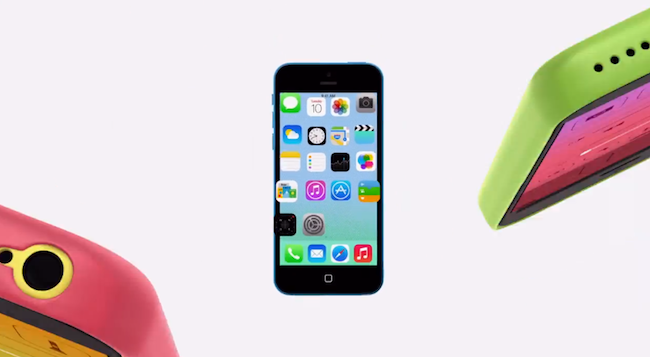Late last night, Apple announced that Burberry CEO Angela Ahrendts will join Apple in the spring of 2014 in the newly created position of Senior Vice President of Retail and Online Stores. The position of SVP of Retail was vacant since John Browett’s departure from the company last year.
I am thrilled that Angela will be joining our team,” said Cook. “She shares our values and our focus on innovation, and she places the same strong emphasis as we do on the customer experience. She has shown herself to be an extraordinary leader throughout her career and has a proven track record.
As noted by Macworld’s Jason Snell, the hire won’t likely come cheap for Apple:
Last year she was the highest paid CEO on the London Stock Exchange’s FTSE 100, with total pay of roughly $27 million. (That included stock options; her current Burberry salary is reportedly just under $11 million.) But Apple’s retail presence is amazingly lucrative and clearly needs to remain a focus for the company.
Below, a video of Ahrendts discussing her past eight years at Burberry with Chairman Sir John Peace and future CEO Christopher Bailey.
And last, a video of Ahrendts discussing “Human Energy” at her TEDxHollywood talk from April 2013.


